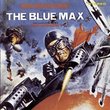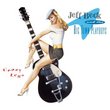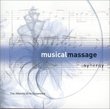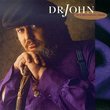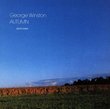| All Artists: Lincoln Center Jazz Orch Title: Fire of Fundamentals Members Wishing: 0 Total Copies: 0 Label: Sony / Bmg Japan Release Date: 9/30/2002 Album Type: Import Genres: Jazz, Special Interest, Pop Styles: Modern Postbebop, New Orleans Jazz, Smooth Jazz, Swing Jazz, Bebop, By Decade, 1990s Number of Discs: 1 SwapaCD Credits: 1 UPCs: 074645759227, 4547366006766 |
Search - Lincoln Center Jazz Orch :: Fire of Fundamentals
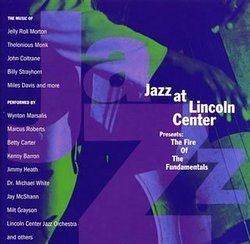 | Lincoln Center Jazz Orch Fire of Fundamentals Genres: Jazz, Special Interest, Pop
" Jazz at Lincoln Center, the most ambitious American attempt yet to give jazz an institutional base comparable to a major opera company or symphony orchestra, has been the center of controversy ever since it was launched ... more » |
Larger Image |
CD DetailsSynopsis
Amazon.com " Jazz at Lincoln Center, the most ambitious American attempt yet to give jazz an institutional base comparable to a major opera company or symphony orchestra, has been the center of controversy ever since it was launched in 1991. The program has been praised for its well rehearsed and admirably executed tributes to Duke Ellington, Jelly Roll Morton, and Thelonious Monk, for example, but has been attacked in the New York papers and jazz magazines for cronyism and narrowcasting. Most of the musicians and commissioned composers are allied with artistic director Wynton Marsalis or artistic consultant Stanley Crouch, and very little of the programming falls outside their conservative definition of the "true" jazz tradition. Most of the controversy, though, seems to center on what the program doesn't do rather than on what it does do. The music that it does present is top-notch, if the evidence of "Jazz at Lincoln Center Presents: The Fire of the Fundamentals" is to be trusted. This album presents 10 live recordings from the program's first two seasons and includes a large number of imposing talents, if little sense of jazz developments since 1965. The full Lincoln Center Jazz Orchestra brings persuasive swing and rich tonal colors to Charlie Parker's "Hootie Blues" and Billy Strayhorn's "Multi-Colored Blue." Expanded and altered versions of the Wynton Marsalis Quintet turn in aggressive, 11-minute reworkings of Miles Davis' "Flamenco Sketches" and John Coltrane's "Dahomey Dance." Marcus Roberts, the pianist for the latter two pieces, contributes virtuoso solo performances of Monk and Morton tunes. Veterans Betty Carter, Kenny Barron and Jimmy Heath are their usual fine selves. A version of Morton's "Jungle Blues," featuring a mostly New Orleans band, might have worked if the brass had been properly recorded. An earlier album release, "Portraits by Ellington," features the 15-piece Lincoln Center Jazz Orchestra and selected guests, under the direction of David Berger, in a 1991 live performance. The hook is that all eight pieces were written by Ellington as portraits of either people (Louis Armstrong, Bert Williams, Bill Robinson, Coleman Hawkins, Ella Fitzgerald), or places (the Mississippi Delta, New Orleans, Liberia). It's wonderful music, and the big band--showcasing Marsalis, saxophonist Todd Williams, pianist Roland Hanna and clarinetist Bill Easley most prominently--is up to the challenge of interpreting without impersonating. --Geoffrey Himes Similar CDs
Similarly Requested CDs
|
CD ReviewsBetter than I expected! Naomi Serna-olander | Albuquerque, NM | 07/24/2007 (4 out of 5 stars) "I bought this as an after though when purchasing other Lincoln Center Jazz Orch. CDS. This arrived and I quickly put it in to listen to songs from the Jazz Masters. I couldn't stop listening to these amazing performances. They are all live from concerts dated on CD case. I teach Jazz in High School, and I can't wait to share this CD with my students."
|

 Track Listings (10) - Disc #1
Track Listings (10) - Disc #1
